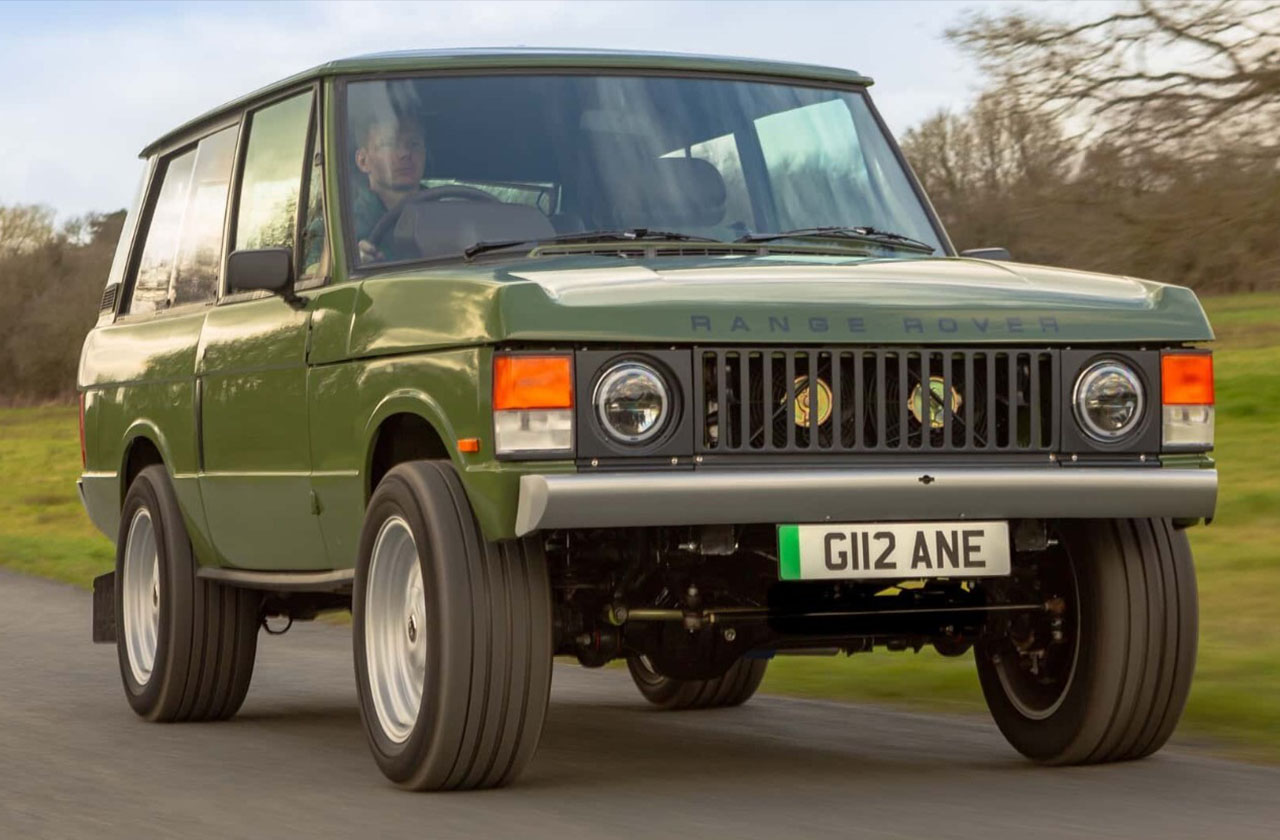The frame SUV Range Rover of the first generation in a three-door body was converted into an electric car - this was done by the British tuning company Inverted.
The car was redesigned according to the canons of restomods. This term refers to the deep tuning of classic cars, which combines the original exterior and modern "technical stuffing".
The standard internal combustion engine and gearbox have been removed and replaced by a Tesla electric motor with 331 kW (450 hp) and 600 Nm of torque. It is powered by a lithium-ion battery with a capacity of 80 kWh. A new gearbox, oil pump and limited slip differential have been applied.
From standstill to 60 mph (96 km/h), the electric SUV accelerates in 5 seconds.
The car retained all-wheel drive - the bridges remained native, however, they were completely restored and modernized for a large incoming moment.
There are also heavy duty Alcon brakes, variable suspension dampers, stronger springs and anti-roll bars.
On a full battery charge, the SUV can travel up to 320 km.
The battery is suitable for recharging at stations up to 100 kW. In this case, the energy reserve from 20 to 80% can be restored in a tolerable 35 minutes.
Outside, the electric Range Rover can be distinguished from the original only by modern LED headlights.
Inverted plans to assemble electric vehicles based on the five-door classic Range. The price is from $280,000. Only six such machines are planned to be made per year.
The first generation Range Rover was produced from 1969 to 1996.





